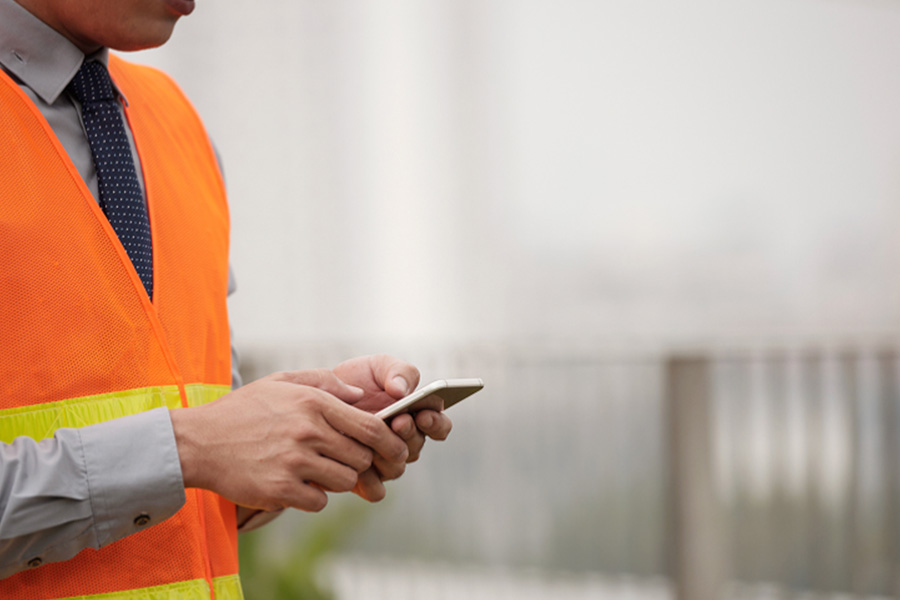In industries where explosive atmospheres are a daily risk, reliable communication tools are a necessity. An ATEX phone is specifically designed to function safely in such hazardous conditions, providing both protection and productivity. Whether used on oil rigs, chemical plants, or manufacturing sites, this device plays a crucial role in ensuring that workers can communicate without compromising safety. Knowing why an ATEX zone 1 phone is critical helps organisations make informed choices that align with safety standards and operational needs.
Meeting Safety Standards in Explosive Zones
Hazardous environments, especially those classified under ATEX Zone 1, present unique safety challenges. In these areas, flammable gases, vapours, or dust can be present during normal operations. An ordinary phone can generate heat or sparks, creating a serious risk of ignition. An ATEX Zone 1 phone, on the other hand, is engineered to meet strict safety standards. It is tested and certified to operate without creating any source of ignition, significantly lowering the risk of explosions.
Compliance with ATEX regulations is not optional for industries working in explosive environments. It is a legal requirement that protects both workers and operations. Investing in an ATEX-certified device ensures that companies adhere to international safety standards, avoiding penalties and reinforcing their commitment to workplace safety.
Reliable Communication in High-Risk Conditions
Clear and uninterrupted communication is essential in hazardous zones. Workers need to respond quickly to alerts, coordinate emergency measures, or report issues from remote locations. An ATEX phone offers robust connectivity and is designed to function reliably in these challenging settings. Many models also integrate features such as push-to-talk functions, noise cancellation, and compatibility with existing site communication systems, which enhances response time and coordination.
An ATEX Zone 1 phone also ensures communication remains consistent even in areas where standard devices may fail due to environmental conditions such as dust, moisture, or high temperatures. This reliability can make a critical difference during emergencies when every second counts.
Built for Durability and Long-Term Use
Hazardous environments often expose devices to harsh conditions, including extreme temperatures, chemical exposure, and impact risks. An ATEX phone is built to withstand these challenges. Its rugged design includes reinforced casings, sealed components, and long battery life to ensure uninterrupted performance even in demanding fieldwork.
This durability translates into cost savings for organisations. Unlike standard devices that may break down or need frequent replacement, ATEX-certified phones maintain their functionality for longer periods, reducing downtime and operational costs. The long-term reliability of these devices supports smoother workflows and safer environments.
Supporting Operational Efficiency
Safety and efficiency go hand in hand. With the right communication tools, teams can perform tasks more quickly and accurately. An ATEX Zone 1 phone enables real-time coordination between field operators and control centres, streamlining operational processes. It also supports additional functionalities such as GPS tracking, work order management, and alarm notifications, which help improve overall site management.
These features contribute to better situational awareness, reducing delays and allowing teams to act on critical information immediately. For industries such as oil and gas, chemical processing, or mining, where operations run on tight schedules, this increased efficiency can make a significant impact on productivity.
A Smart Investment in Workplace Safety
Investing in ATEX-certified communication devices is a proactive step toward building a safer and more efficient workplace. By equipping workers with an ATEX phone, companies reduce the likelihood of accidents, enhance communication, and foster a safety-first culture. Brands like HAEXC offer specialised devices designed to meet the demands of high-risk industries, combining functionality with regulatory compliance.
For companies operating in ATEX zones, prioritising certified equipment sends a strong message about their commitment to protecting both people and operations. This not only safeguards lives but also builds trust among employees, partners, and regulatory bodies.
Conclusion
Hazardous work environments demand specialised tools that balance safety and performance. An ATEX phone provides a reliable, durable, and compliant communication solution for industries operating in explosive zones. With the added protection of an ATEX Zone 1 phone, companies can minimise risk, enhance operational efficiency, and maintain a safe working environment for their teams.
Protect your team and operations with certified safety equipment. Contact HAEXC to avail ATEX phones for secure communication in hazardous environments.



